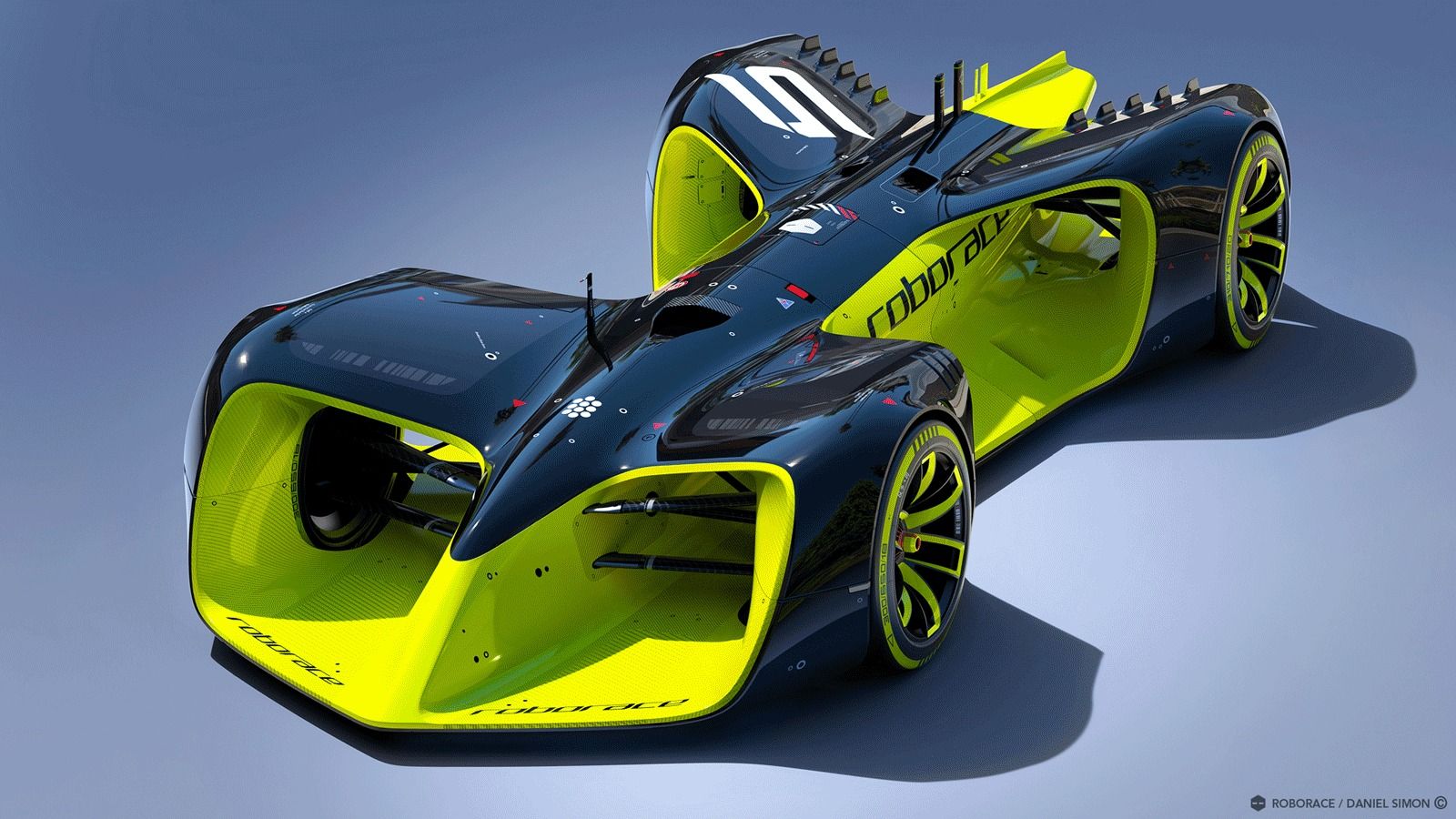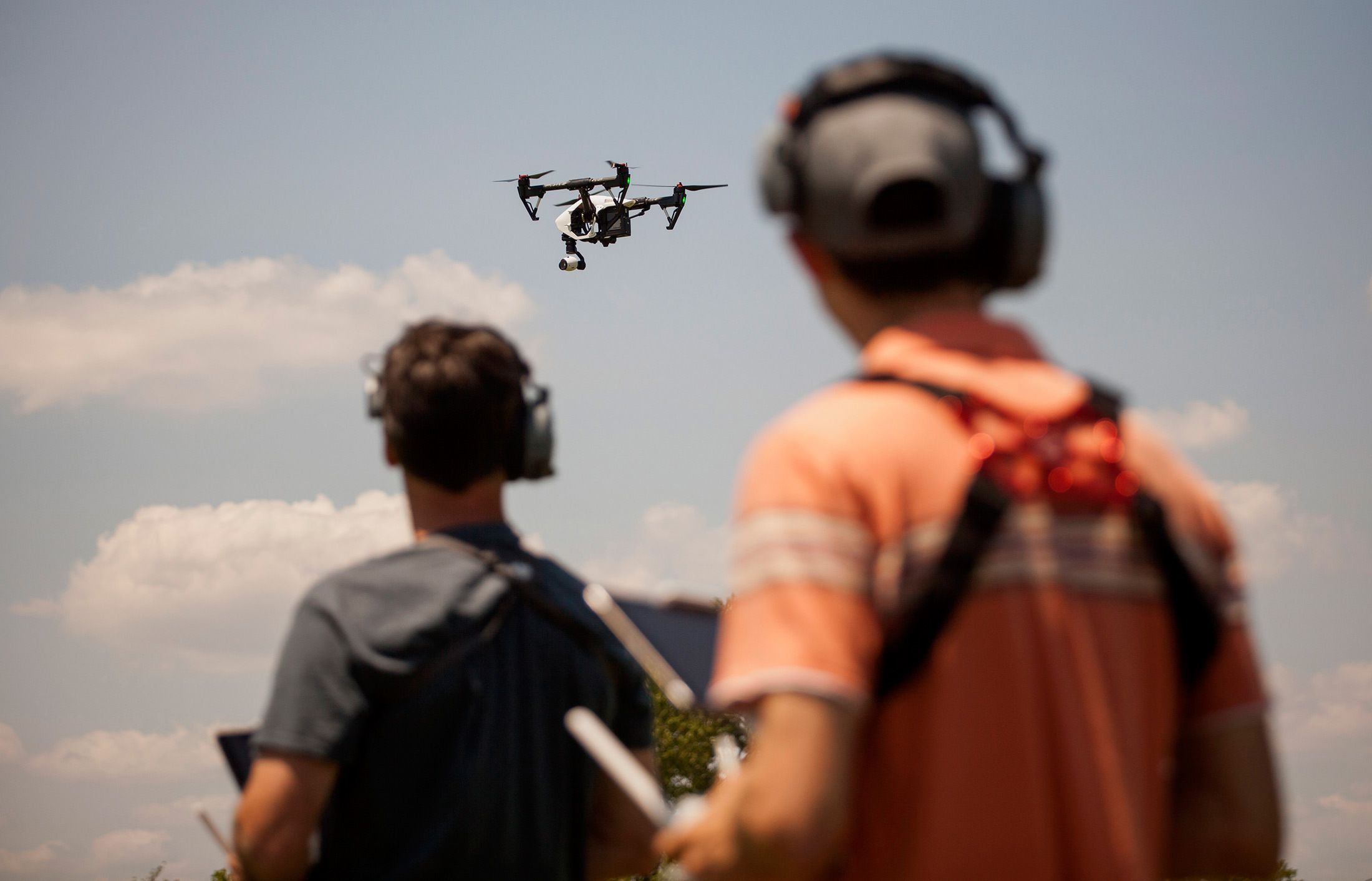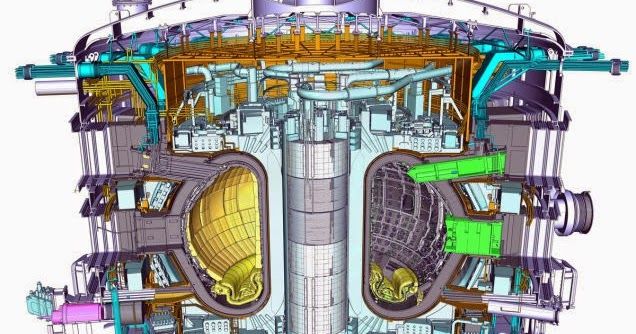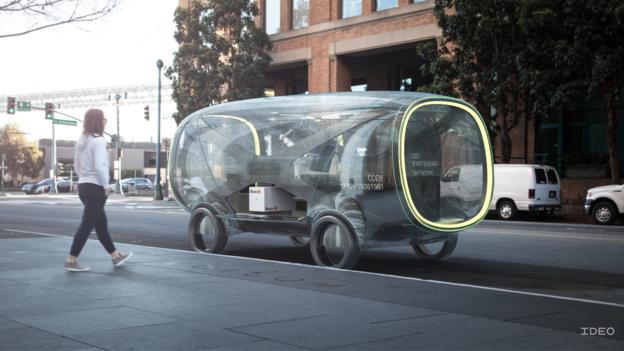Autonomous cars compete in driving algorithms on Formula E tracks.



Annual sales of drones in the U.S. will hit 2.5 million this year and swell to 7 million by 2020, according to a projection from the Federal Aviation Administration.
Unmanned aircraft purchases are growing both for hobbyists and for commercial ventures that perform inspections, assist farmers, and survey construction sites, according to the agency’s annual forecast of aviation activity, released on Thursday.

This is an invention that might possibly modify the civilization as we know it: A compact fusion reactor presented by Skunk Works, the stealth experimental technology section of Lockheed Martin. It’s about the size of a jet engine and it can power airplanes, most likely spaceships, and cities. Skunk Works state that it will be operational in 10 years.
Aviation Week had complete access to their stealthy workshops and spoke to Dr. Thomas McGuire, the leader of Skunk Work’s Revolutionary Technology section. And ground-breaking it is, certainly: Instead of utilizing the similar strategy that everyone else is using— the Soviet-derived tokamak, a torus in which magnetic fields limit the fusion reaction with an enormous energy cost and thus tiny energy production abilities—Skunk Works’ Compact Fusion Reactor has a fundamentally different methodology to anything people have tried before. Here are the two of those techniques for contrast:
HOUSTON, March 23, 2016 /PRNewswire/ — Heath Consultants Incorporated (Heath) in collaboration with Physical Sciences Inc. (PSI), is adapting the industry-leading laser-based Remote Methane Leak Detector (RMLD®) for mounting on the InstantEye®, PSI’s two-foot-wide quadrotor Unmanned Aerial Vehicle featuring highly advanced autonomy and all-weather operation. This technology combination, known as the RMLD® Sentry, will implement self-directed flight patterns to continuously monitor, locate, and quantify volumetric leak rates of methane, a potent greenhouse gas, from natural gas production sites.
Photo — http://photos.prnewswire.com/prnh/20160323/347391

At the recent RSA Conference it was virtually impossible to find a vendor that was not claiming to use machine learning. Both new and established companies are now touting “machine learning” as a major component of the data science being used in their products. What the heck is machine learning anyway? And is it really going to reshape cyber security in 2016?
For brevity’s sake, I’ll define machine learning as the science of getting computers to act without being explicitly programmed. Over the past decade, machine learning has enabled self-driving cars, practical speech recognition, effective web search, and has vastly improved our understanding of the human genome. Machine learning is so pervasive today that we use it dozens of times a day without knowing it. Many researchers also think machine learning is the best way to make progress towards human-level Artificial Intelligence.
[ MORE MACHINE LEARNING: Machine learning: Cybersecurity dream-come-true or pipe dream? ].


https://youtube.com/watch?v=vg0A9Ve7SxE
Rolls-Royce has released their vision of the future of shipping, which will see the continued evolution of that ongoing trend toward automation and “unmanned autonomy.”
On Tuesday, Rolls-Royce —more famous for its luxury cars than its maritime contributions—rolled out a slick new video detailing a number of projected innovations in containerized shipping. The company hopes to someday make these innovations a reality, and if they do, it will mean a revolution in the way we ship goods across the seas.
In the film and pictures released by the company, we see a team of impossibly good-looking young coffee-drinking model types going about the business of controlling and monitoring seagoing vessels from the comfort of a shore-based, remote operations center—what Rolls-Royce calls the “oX operator experience concept.”


The world is shifting to clean and renewable energy to power homes and transportation. Just like electronic devices, all green homes and cars will require Lithium-ion batteries to store energy and power them. LiTHIUM X locates and develops lithium assets with the goal of supplying the increasing demand from global battery giants like Panasonic, AESC, LG, BYD and – soon – utility companies.
LiTHIUM X is a lithium resource explorer and developer with a focus on becoming a low-cost supplier for the burgeoning lithium battery industry. Its Sal de los Angeles project is situated in the prolific “Lithium Triangle” in Salta Province, Argentina. The project is comprised on 8,156 hectares covering the nucleus of Salar de Diablillos with approximately C$19 million having been invested in the property by previous operators, including $16.2 million in work completed at Sal de los Angeles between 2010 to 2015. It contains high grade brine with a historic NI 43–101 resource of 2.8 million tonnes LCE and historic positive project economics.
LiTHIUM X also has the largest land package in Clayton Valley, Nevada covering over 15,040 acres between its Clayton Valley North project and Clayton Valley South extension. Both land packages are contiguous to the only producing lithium operation in North America – Silver Peak, owned and operated by Albemarle, the world’s largest lithium producers.
